Medusa in Greek Mythology
Medusa is one of the most intriguing figures in Greek mythology. Her story is a blend of beauty, curse, and doom. This mythical Gorgon is widely recognized by her hair of living snakes and gaze that turns onlookers to stone. The Medusa story is not just a tale of horror; it symbolizes transformation and power. Ancient tales tell us about her beauty before she became a Gorgon. These attributes have made the Medusa symbol a compelling subject in art and literature throughout the ages.
Get your dose of History via Email
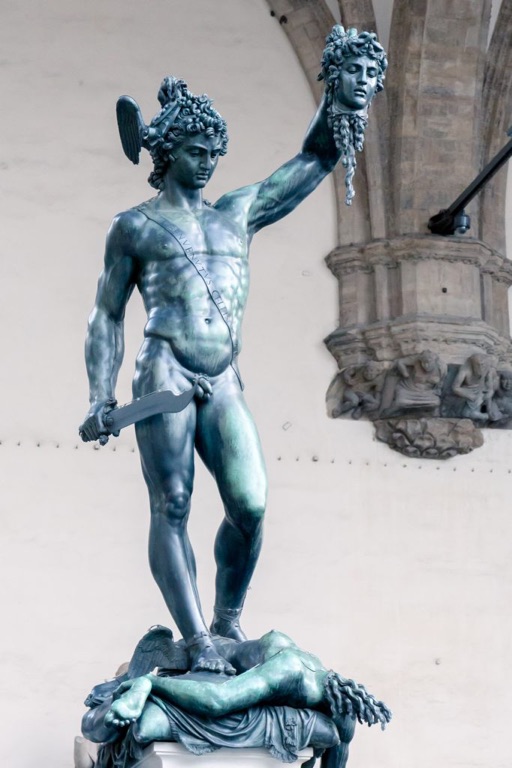
The Cursed Transformation
Before Medusa was cursed, she was said to be enchantingly beautiful. This changed after a fateful encounter with the god Poseidon. The story of Medusa takes a tragic turn as she incurs the wrath of Athena. As punishment, Athena transforms her gorgeous hair into serpents. From there, she becomes a creature who instils fear rather than allure. This curse defines the Greek mythology of Medusa, a narrative that intertwines divine retribution with the untold suffering of a once beautiful maiden. Medusa’s tragic transformation has sparked endless interpretations, making her an enduring icon of Greek mythology.
The Gorgon Sisters’ Origin
When we explore the gorgon’s Greek mythology, we uncover Medusa’s roots. She had two sisters, Sthenno and Euryale. They were born to the ancient sea deities Phorcys and Ceto. Unlike Medusa, her sisters were immortal. Together, this trio of gorgon sisters encapsulates the ultimate mix of allure and danger. These narratives delve into the profound depths of Greek mythology and the gorgon meaning. They were once protectors, representing a formidable force before their transformation into beings of terror. The bond and fate of the Gorgon sisters are tightly woven into the Medusa storyline. It serves as an epic backdrop for the myths that continue to captivate us to this day.
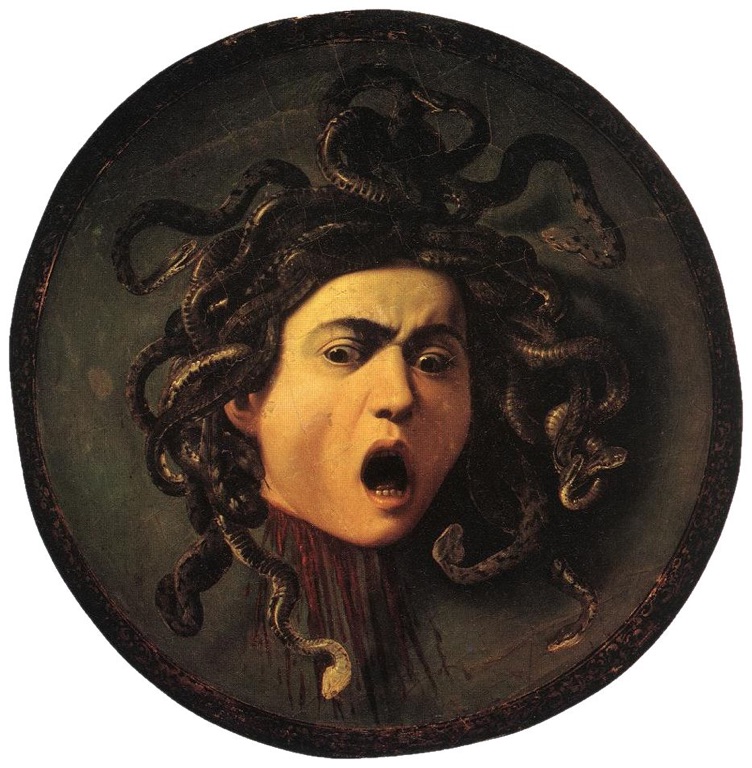
The Curse of Medusa
Her story speaks not only to her monstrous form but also to the tragic curse that befell her. It’s a tale seeped in tragedy, where a maiden’s beauty becomes her downfall. According to the Greek mythology of Medusa, she began her life as a ravishing woman with locks of fine hair. Greek tales frequently hinge on the whims of deities, and Medusa’s fate was no different. Her transformation into a Gorgon—a Medusa gorgon with a petrifying gaze—was the harsh consequence of divine retribution.
Divine Retribution and Transformation
The tale of her transformation is steeped in myth and warning. The goddess Athena played a pivotal role in Medusa’s fate. It occurred after an unforgivable act involving Poseidon in Athena’s temple. Overcome with anger, Athena turned Medusa’s beautiful hair into snakes. Thus, Medusa, before the curse, became a symbol of Athena’s swift and merciless justice. This act immortalized Medusa as a gorgon with the power to turn anyone who caught her gaze to stone, setting the stage for her later encounters with heroes like Perseus.
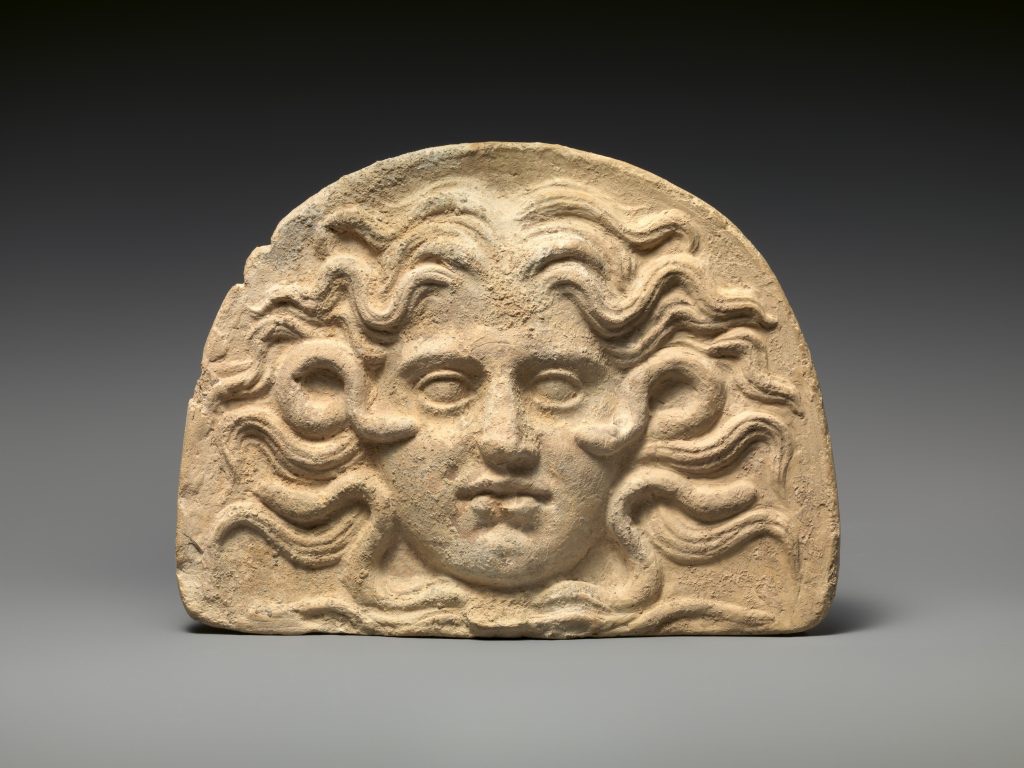
Classic Accounts of Medusa
When contrasting different recounts, Hesiod and Ovid offer varying perspectives on Medusa and her sisters. Hesiod’s works underscore the Gorgon sisters’ monstrous aspects, focusing on their fearsomeness. Ovid, on the other hand, takes a more empathetic approach to Medusa’s story. He digs into the emotional depth behind Medusa’s curse, highlighting the injustice she suffered. This nuanced portrayal adds layers to her meaning in Greek lore. While both accounts contribute to the Greek mythology’s real and fictional narrative, they each cast light on different facets of the Medusa storyline.
The Legend of Medusa and Perseus
The tale of Medusa and Perseus is a cornerstone of Greek mythology and a narrative of heroism. Within this legend, Perseus, a demigod and son of Zeus, is renowned for slaying the Gorgon. This story encapsulates Perseus’ bravery and cunning as it unfolds. His mission to behead Medusa, a feat thought impossible, becomes central to the story. The ultimate encounter between Perseus and the Gorgon is rich with mythic significance, symbolizing the battle between mortal courage and monstrous terror.
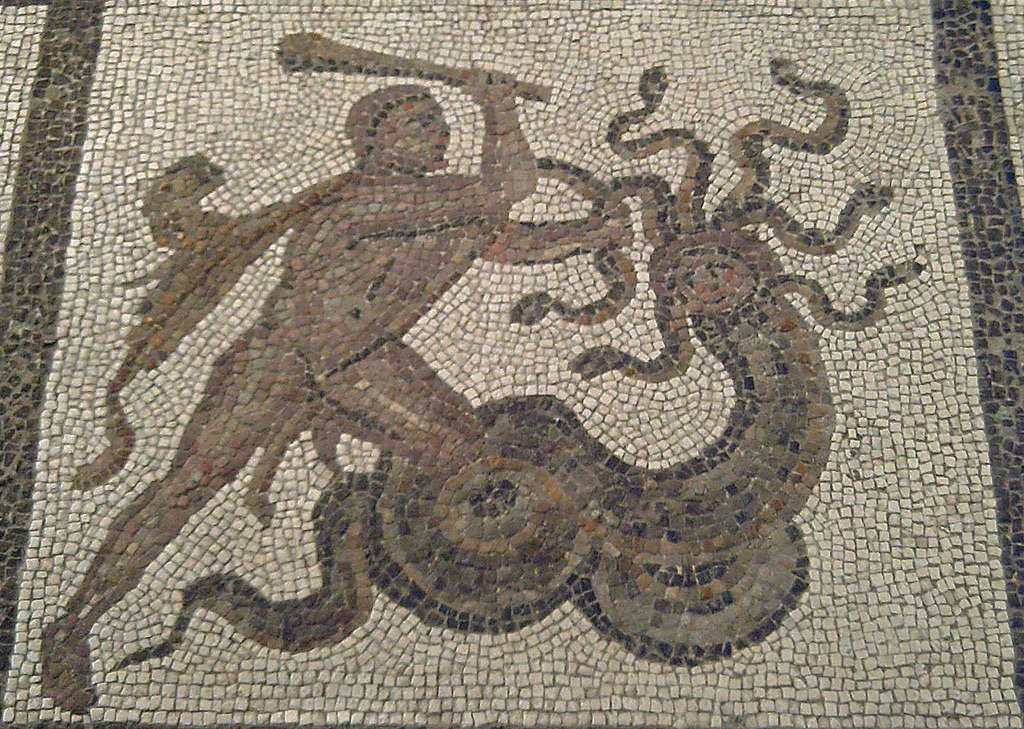
Perseus’ Backstory
Perseus’ origins are as extraordinary as his deeds. Born to the mortal Danaë, his father was none other than Zeus, king of the gods. His birth itself was a divine intervention, defying human means and showcasing the power of the gods. The backstory of Perseus sets the stage for his epic journey. It serves as a prelude to his destiny, where he would become one of the greatest heroes in Medusa Greek mythology. His lineage bestowed him with unique strengths and a fate entwined with the lives of gods and mortals alike.
Perseus’ Quest to Behead Medusa
Perseus’ quest for Medusa’s head was both a formidable challenge and a crucial task. Commissioned by King Polydectes, Perseus embarked on this perilous adventure. He had to venture into the unknown to face Medusa, who is Medusa with a deadly gaze that turned onlookers to stone. His journey is an important part of her storyline, filled with danger and daring. The quest stands as a testament to the timeless themes of valour and determination in the face of insurmountable odds, casting Perseus as a quintessential hero of Medusa mythology.

Divine Assistance for the Hero
Divine intervention is a common thread in tales of Greek heroes, and Perseus’ story is no exception. In his bid to slay Medusa, the gods provided Perseus with invaluable aid. Athena, the goddess of wisdom, gifted him with a reflective shield. Hera, queen of the gods, offered guidance, while Hermes lent him winged sandals for flight. This divine assistance was pivotal in enabling Perseus to navigate the dangers and conquer the gorgon. It underlines the role of the gods in Medusa and Poseidon’s intertwined legacy and the fates of those caught in their divine plots.
The Powers of Medusa’s Head
Even in death, Medusa’s head retained its lethal ability to turn onlookers to stone. Perseus, after slaying the Gorgon, used it as a formidable weapon. The head of Medusa became a symbol of protection and power, feared by many. Its unique power plays a crucial role in various myths and stories, where Perseus uses it to overcome insurmountable challenges. Her head stands out in Greek mythology as one of the most potent talismans.
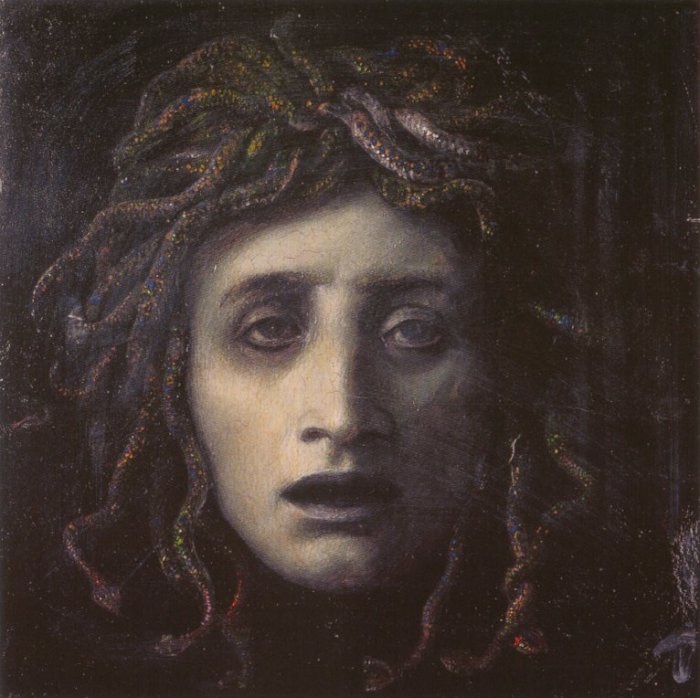
Transformation from Blood to Serpents
A lesser-known fact about Medusa is the mystical properties of her blood. According to Greek mythology, the blood that spilt upon her beheading was powerful in itself. From it sprang the winged horse Pegasus and Chrysaor, each harbouring its own set of strengths and significance. Additionally, some myths suggest the blood left on the earth turned into serpents. This fascinating aspect adds depth to her story, expanding her legacy beyond her petrifying gaze and snake-ridden hair.
Perseus’ Encounters and the Head’s Fate
Upon winning Gorgon’s head, Perseus embarked on further adventures, wielding the head as his triumph card. He used it to rescue Andromeda and to defeat adversaries once thought unbeatable. This illustrates the versatility of Medusa’s head’s power and its central role in many of Perseus’ exploits. Ultimately, her head found its resting place on Athena’s shield, known as the Aegis. This not only solidified Athena’s role in Medusa mythology but also served as a lasting emblem of invincibility and divine might. The end of Gorgon’s head is a fitting closure to her story, transforming from a cursed maiden to a legendary power enshrined by the gods.
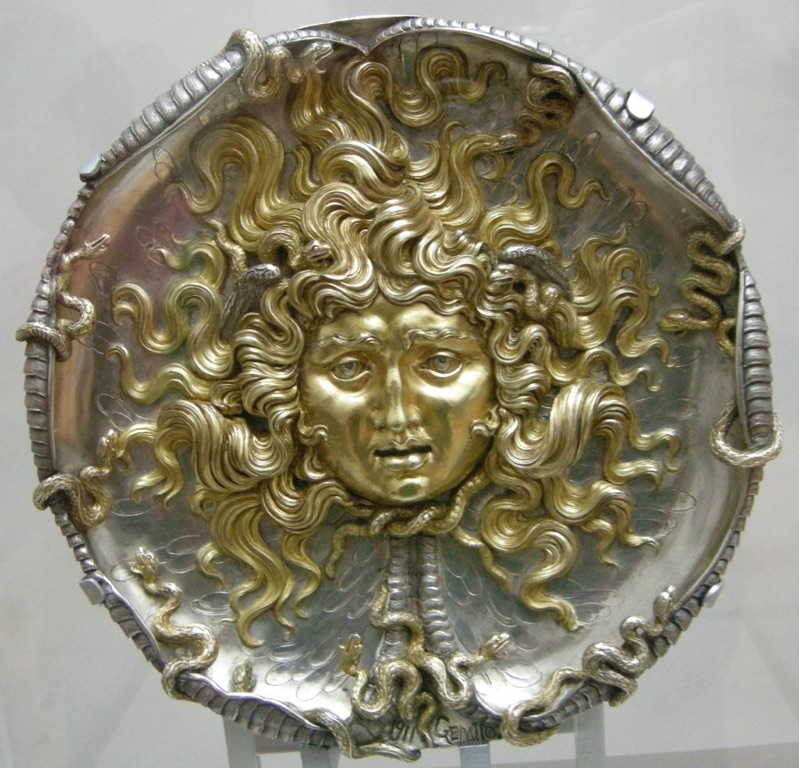
For further reading and to validate the information presented in this article, the following sources are recommended:

